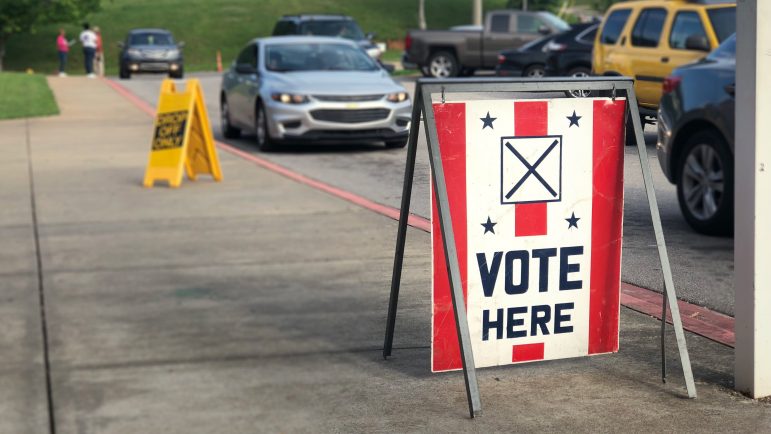Democrats hoped to make inroads in Republican-dominated Alabama during Tuesday’s midterm election. They were riding high after electing Doug Jones to the Senate in a special election in December. That enthusiasm did not translate to victory as Republicans maintained all statewide offices and all contested congressional seats. We take a look at the election results for Democrats with Auburn University political science professor Ryan Williamson.
Interview Highlights
Why Democrats didn’t have a better showing against Republicans:
“Alabama’s a deeply red state and polarization is at such a level that voters aren’t generally going to cross the aisle to support Democratic candidates. The best you can really hope for is that enough Republican voters stay home to shift the election and that simply didn’t happen.”
Alabama Supreme Court chief justice candidate Democrat Bob Vance’s loss to associate justice Republican Tom Parker:
“The idea that this is the best shot [for a Democratic victory] was based on the endorsement of six former Supreme Court justices. He presented himself as a restrained jurist who would decide based on law and not ideology. But at the end of the day voters were still hesitant to offer their support for a Democrat and the connection of Tom Parker to Roy Moore just wasn’t enough bridge that gap.”
What Democrats can do to succeed electorally:
“I think it’s important to continue fielding good, viable candidates because upsets can happen. Much like what happened in the Senate special election last year and in races like Oklahoma’s 5th [congressional district] and Georgia’s 7th [congressional district] last night. It is especially important for the races at the top of the ballot because even if they don’t win, they can propel down-ballot candidates forward.”

